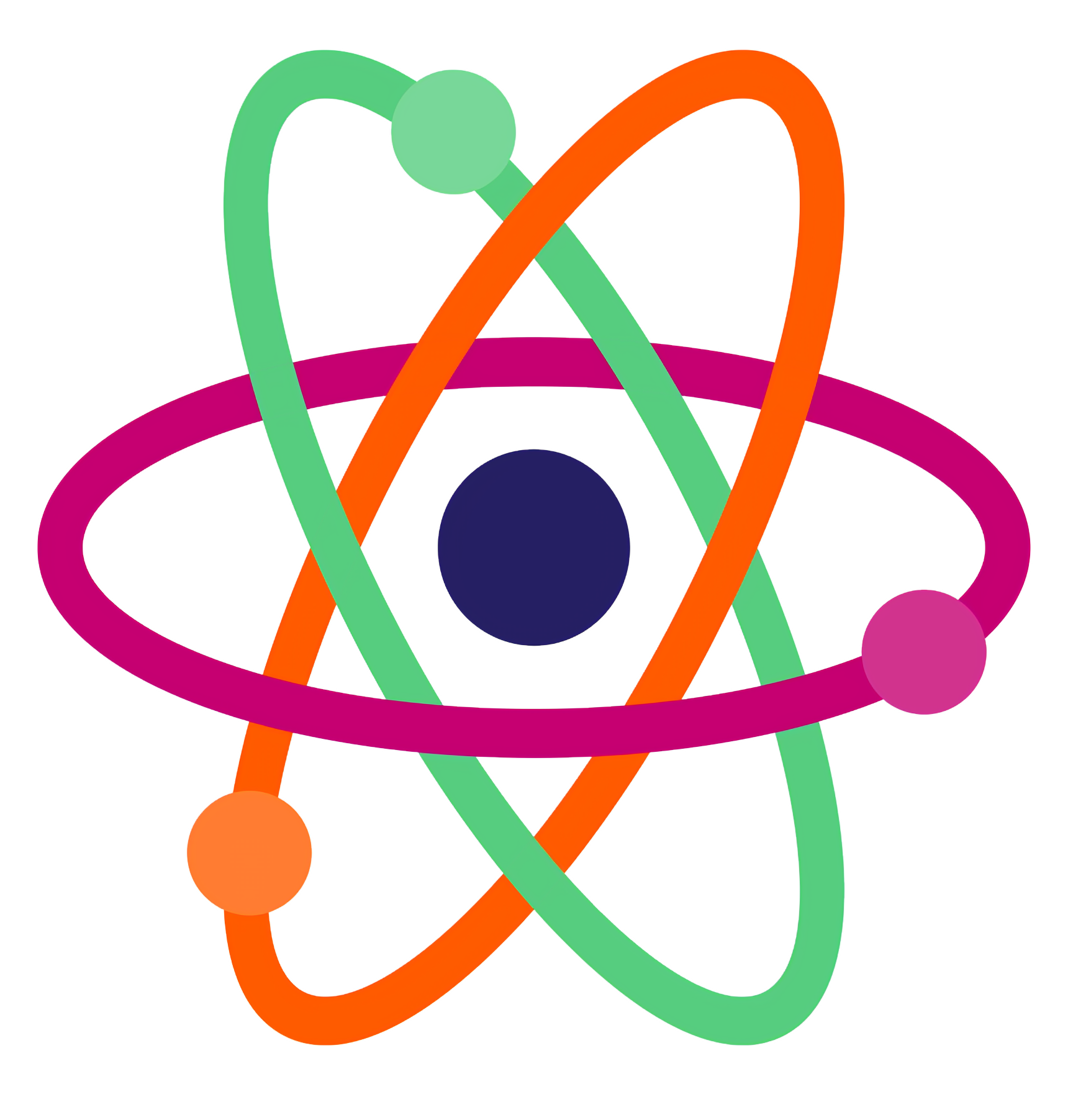1. **Describe how you would measure the length of a curved path in your school playground using a thread, as mentioned in the document. What challenges might you face, and how would you ensure accuracy?**
_(Encourages use of “measure,” “thread,” and descriptive adjectives, with focus on problem-solving.)_
2. **Imagine you are observing a cyclist riding in a straight line and their wheels spinning. Explain the difference between rectilinear and circular motion in this scenario, using examples from the document.**
_(Promotes use of “rectilinear,” “circular,” and present tense verbs to describe motion.)_
3. **Write about a time you measured something, like a notebook or a table, using a ruler. Why is it important to use standard units like centimetres or metres, as explained in the document?**
_(Encourages use of “standard units,” “centimetre,” past tense, and reasoning skills.)_
4. **Describe the motion of a pendulum in a clock or a swing in a park. Why is this called periodic motion, and how does it differ from the motion of a car moving straight?**
_(Promotes use of “periodic,” “motion,” and comparison language to contrast motion types.)_
5. **Think of an activity in your daily life, like riding a bicycle or playing cricket. How does understanding motion, such as the spinning of wheels or the path of a ball, make the activity more interesting?**
_(Encourages use of “motion,” descriptive verbs, and application to Indian contexts like cricket.)_
6. **Imagine you are an engineer designing a bridge. Describe how you would measure its length accurately and why precise measurements are important for safety, as mentioned in the document.**
_(Promotes use of “measure,” “engineer,” and adjectives like “precise,” with focus on real-world application.)_
7. **Write about how you would observe the motion of a fan spinning in your classroom. What type of motion is it, and how does it connect to the document’s idea of motion in everyday life?**
_(Encourages use of “circular,” “observe,” and present tense to describe a familiar object.)_
8. **Describe an experiment you could do to find out why a ball rolls faster on a slope, as the document suggests sparking curiosity. What would you measure, and what might you discover?**
_(Promotes use of “experiment,” “measure,” and future tense to describe scientific inquiry.)_
9. **Think of a career mentioned in the document, like an astronomer or architect. Describe how they use motions or lengths in their work and why these concepts are important for their success.**
_(Encourages use of “astronomer,” “architect,” and vocabulary like “measurement” or “motion.”)_
10. **Imagine you are explaining to a younger student why learning about motions and lengths is exciting. Use examples like the Earth’s orbit or measuring a playground to show how these ideas connect to the universe.**
_(Promotes use of “orbit,” “universe,” and descriptive language to explain concepts clearly.)_
